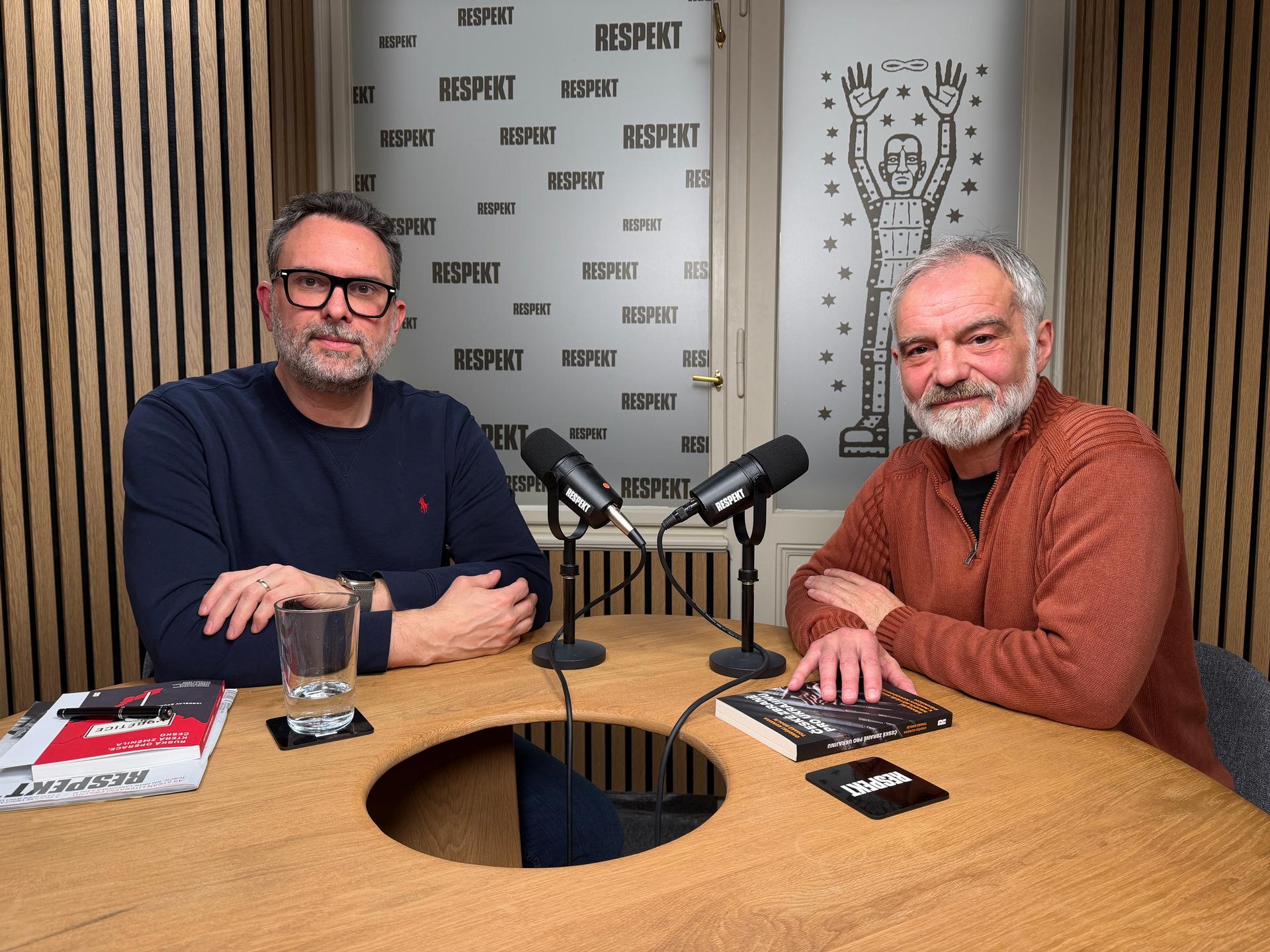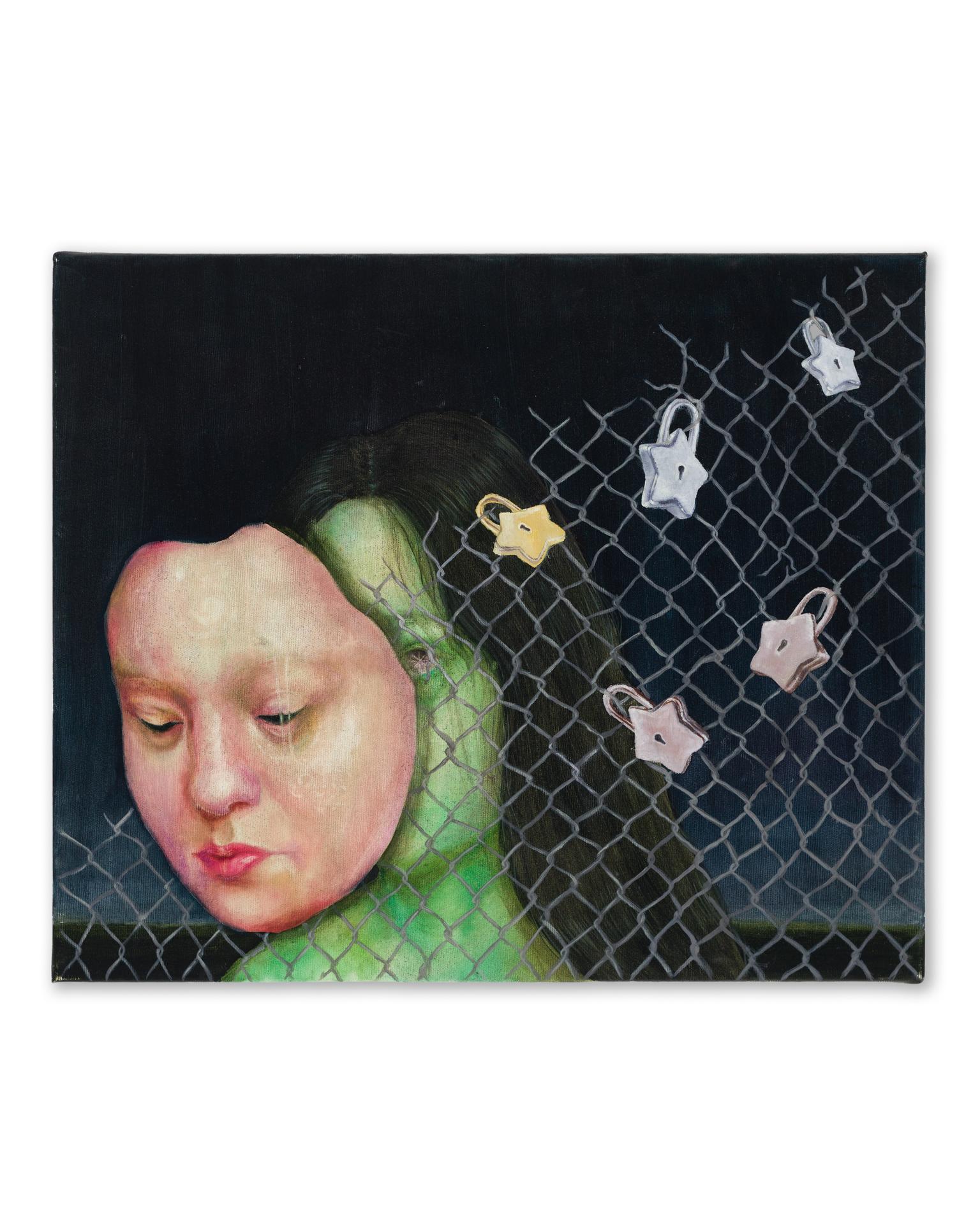A reminder of another crisis
It might seem that the food crisis seen in the spring of last year has been warded off already. The harvest was good worldwide last year, commodity prices on global markets are almost back at 2007 levels and newspapers no longer bring reports about the crisis.

Olivier de Schutter, the United Nations special rapporteur on the right to food, says however, that these are global prices, at which, for instance, Nestlé buys commodities. These prices have really decreased again, but in 80% of developing countries, food is now more expensive than it was last year, he says.


Last year's sudden news reports on the food crisis emerged particularly because it also hit poorer citizens in urban areas who are able to go into the streets to demonstrate against their governments. But what the more passive countryside farmers perceived as a problem in the last two decades was rather the steady decline in prices that they get for their products. So did the food crisis help farmers at the expense of urban citizens in developing countries? De Schutter says that what grew even more than food prices is the prices of fertilisers that are derived from crude oil prices. So farmers are worse off as well, he says. According to UN calculations, the number of starving people has increased by 100 million since the beginning of 2008, exceeding 1 billion for the first time.
The crisis therefore has not been warded off, despite a lack of interest on the part of the media. But today, we know more about the causes of last year's fast price increase. News reports at the time often mentioned that it was caused by the planting of crops for biofuels and by higher…
Předplaťte si Respekt a nepřicházejte o cenné informace.
Online přístup ke všem článkům a archivu










